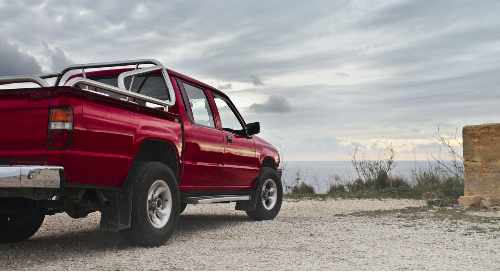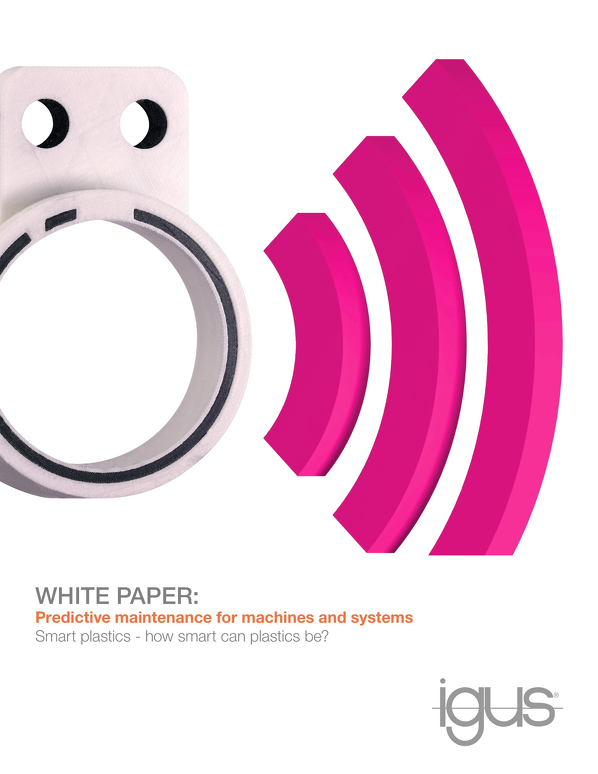Lose That Extra Weight Quick! The Benefits of Lightweight Linear Bearings
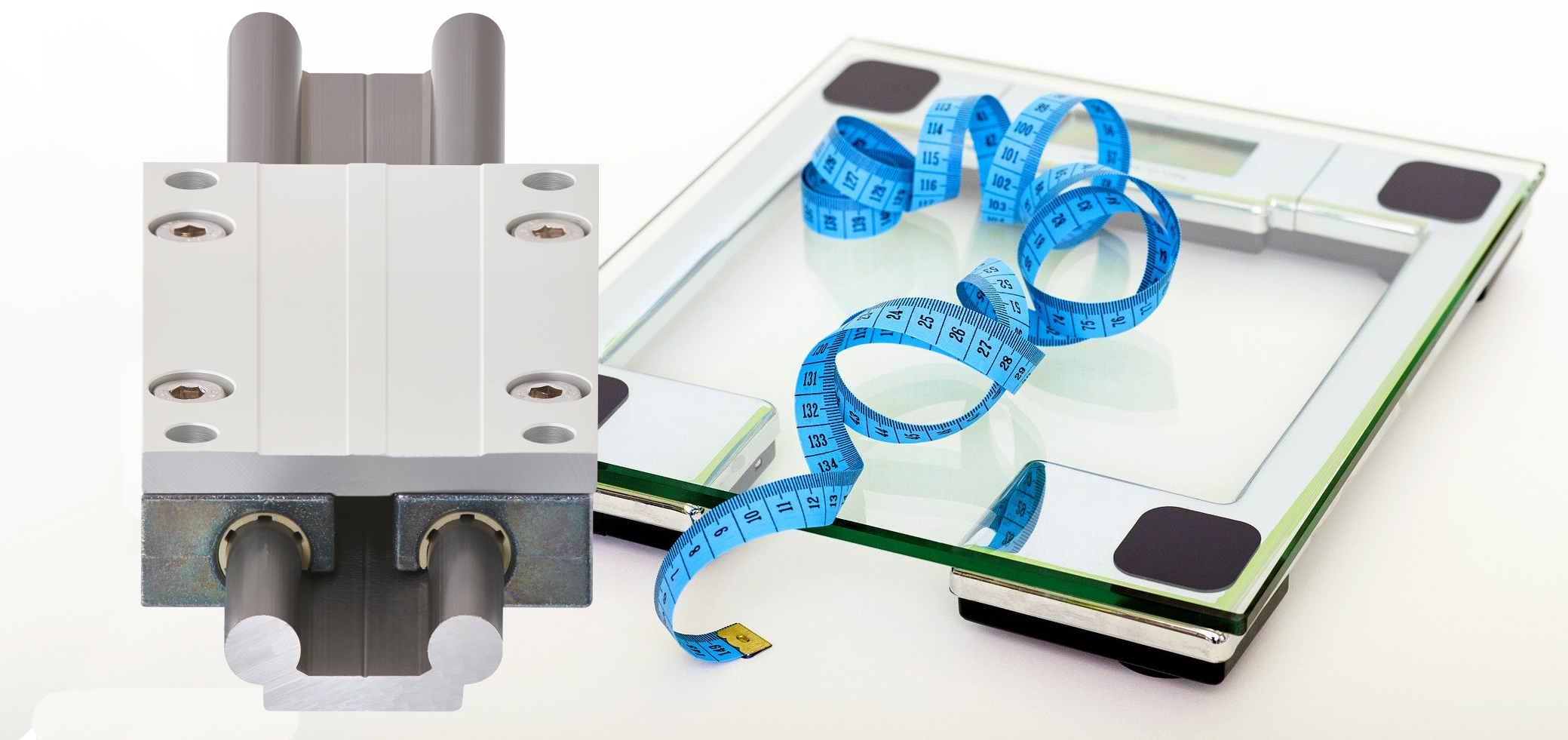
Everybody wants to lose weight right? Well, maybe I’m just speaking for myself here, but I kind of doubt it. Trust me, I know how hard it can be—you have to change your whole mindset into thinking light. Wait, sorry, did you think that I was talking about trimming pounds off of my actual person? I am not talking about counting calories or cutting carbs, so go ahead and eat that lasagna! However, I am talking about the potential benefits of using lightweight linear bearings in your next application design—I know, it’s not exactly dinner conversation, huh?
So, what is a lightweight linear guide, anyway?
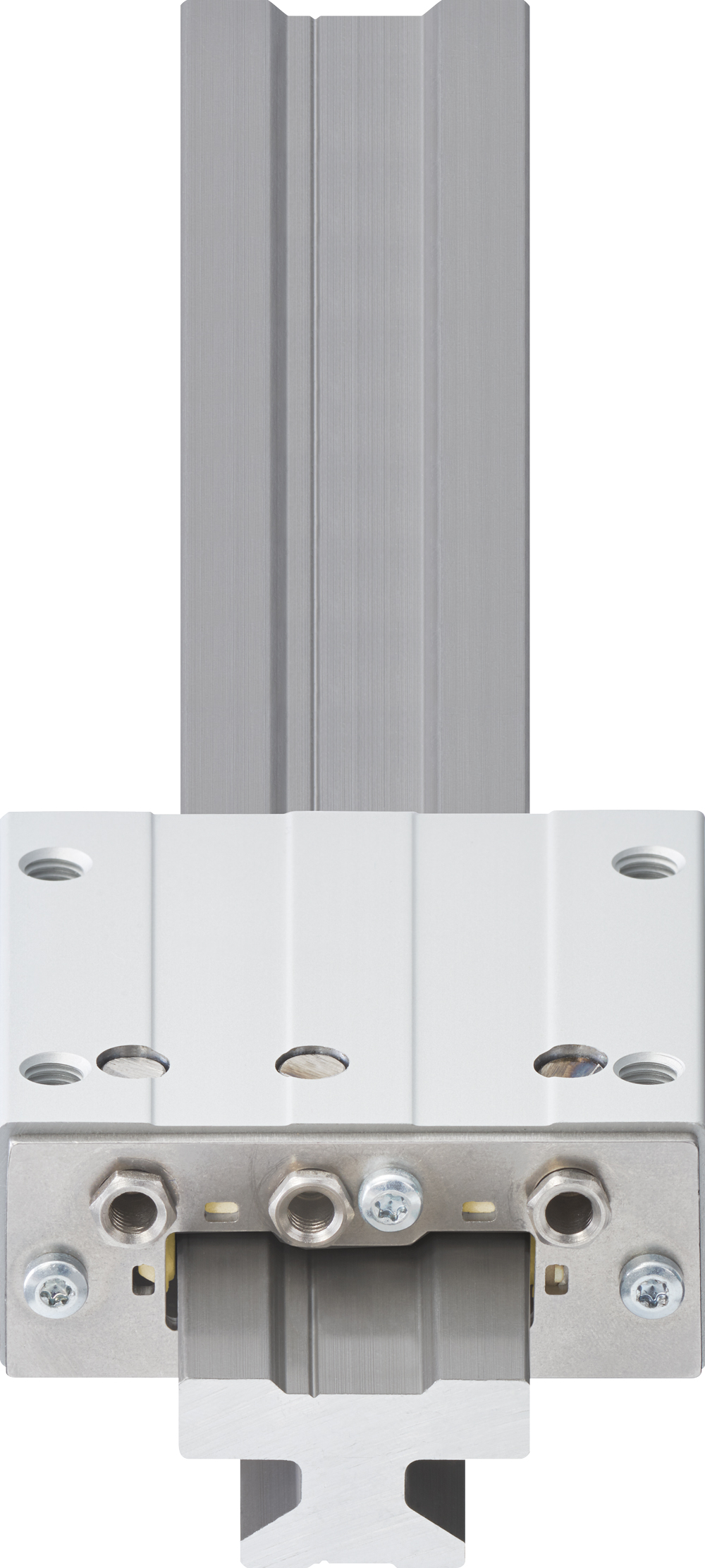 Since you are reading this blog post, chances are that you’re either already somewhat familiar with the world of linear bearings, or you are working on a new application that utilizes a bit of linear motion and have begun to do some research. Before we dive in, let’s have a quick refresher on linear bearing types—if you are looking for more exhaustive information on linear bearings, read my recent post here. Linear motion is primarily created by using recirculating ball bearings, crossed-roller bearings, cam-guided linear ball bearings, or linear plain bearings within an application. Recirculating ball bearings and crossed-roller bearings are manufactured with either small ball bearings or rollers that run inside of a channel within the bearing so that the bearing can roll across a hardened steel surface. Cam-guided linear bearings contain a radial ball bearing encased in what is usually a v-shaped roller that also runs along a hardened steel rail. The common denominator amongst these different solutions is that they all require the use of heavy hardened-steel components, as well as oil or grease, to function properly without damaging the guide shaft, rail, or the ball bearings themselves. This is where linear plain bearings begin to distinguish themselves from the rest. With plastic-based bearing elements that slide, linear plain bearings can smoothly run aluminum shafting or rails with out the need for any external lubricants—like what igus® offers within the drylin product range of linear plain bearings. However, one of the biggest advantages behind using linear plain bearings is their lighter weight. More often than ever before, we are receiving request from engineers that want to lighten the total weight of their equipment or application, especially in regard to Industry 4.0 and the Internet of things.
Since you are reading this blog post, chances are that you’re either already somewhat familiar with the world of linear bearings, or you are working on a new application that utilizes a bit of linear motion and have begun to do some research. Before we dive in, let’s have a quick refresher on linear bearing types—if you are looking for more exhaustive information on linear bearings, read my recent post here. Linear motion is primarily created by using recirculating ball bearings, crossed-roller bearings, cam-guided linear ball bearings, or linear plain bearings within an application. Recirculating ball bearings and crossed-roller bearings are manufactured with either small ball bearings or rollers that run inside of a channel within the bearing so that the bearing can roll across a hardened steel surface. Cam-guided linear bearings contain a radial ball bearing encased in what is usually a v-shaped roller that also runs along a hardened steel rail. The common denominator amongst these different solutions is that they all require the use of heavy hardened-steel components, as well as oil or grease, to function properly without damaging the guide shaft, rail, or the ball bearings themselves. This is where linear plain bearings begin to distinguish themselves from the rest. With plastic-based bearing elements that slide, linear plain bearings can smoothly run aluminum shafting or rails with out the need for any external lubricants—like what igus® offers within the drylin product range of linear plain bearings. However, one of the biggest advantages behind using linear plain bearings is their lighter weight. More often than ever before, we are receiving request from engineers that want to lighten the total weight of their equipment or application, especially in regard to Industry 4.0 and the Internet of things.
Ok—so that may have been a bit of a longer refresher than I thought it would be. Let’s get to the main reasons why you may want to consider a lower weight system for your next project.
Three Reasons Why You Might Consider Lightweight Bearings
- You are designing a system where the linear guides are stacked upon other moving portions of the machine. This is very common within a gantry-type set up, where there is a Y (and sometimes Z) axis rail set upon an X-axis rail of linear bearings. By keeping all the parts that are above X-axis as lightweight as possible, you can reduce the moments of inertia that occur against the lower bearings sets—this not only reduces the drive force and possibly the motor size, but also reduces the wear and tear upon the overall unit. If you are able to reduce the size of the motor, you could additionally lower your cost.
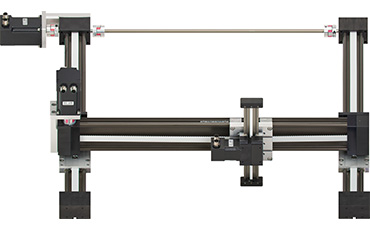
A three-axis Gantry from igus®. Reducing the weight of both the tooling AND the Y and Z-axis linear actuators reduces the moment of inertia on the bottom X-axis.
- Reducing weight will reduce fuel consumption. Linear bearings are used in an extremely wide-range of industrial machinery applications, including interior applications for aircrafts, automotive vehicles, off-highway recreational vehicles, trucks, RV’s and motor coaches. These interior applications involve sliding headrests and footrests, moving monitors and video screens, guidance of lay-flat seats, pull-out systems for beds, and other moving furniture—even seat adjustments. By combining low-weight aluminum guides with plastic bearing liners, these vehicles and mobile machines are able to increase their miles-per-gallon ratings. This article from CBS News discusses how United Airlines was able to save over $300,000 per year just by reducing the weight of its in-flight magazine by one ounce! Now imagine, if linear plain bearings are up to 75% lighter than other linear systems that require steel components, how much could you save? Not only do the vehicles themselves benefit from being lower weight, but so do shipping costs on OEM equipment to your customer, along with the shipping costs from your bearing supplier—therefore, improving your bottom line.
- Reduced weight for ergonomics. As mentioned above, linear bearings are used within a range of industrial applications. This also includes furniture, medical carts and mobile stations, 3D printers, and camera and video equipment. All of these applications benefit from low weight parts that make them easier to transport—pushing a nursing station throughout a hospital is much more comfortable with less mass, moving a 3D printer from your home or your office doesn’t take as much effort, transporting your camera equipment from a studio to your car and then to another filming location isn’t nearly as arduous. Reducing the weight for ergonomic applications makes all of our lives easier.

So, maybe it really is time to take a long, hard look in the mirror and to consider dropping a few unnecessary pounds. This is assuming that your overweight application is also in the reflection with you. Do it for yourself, your customers, heck – even the planet. Everybody wins when you lose—weight!
If you are interested in speaking with someone about lightweight linear bearings for you application, please do not hesitate to contact our drylin product manager.

